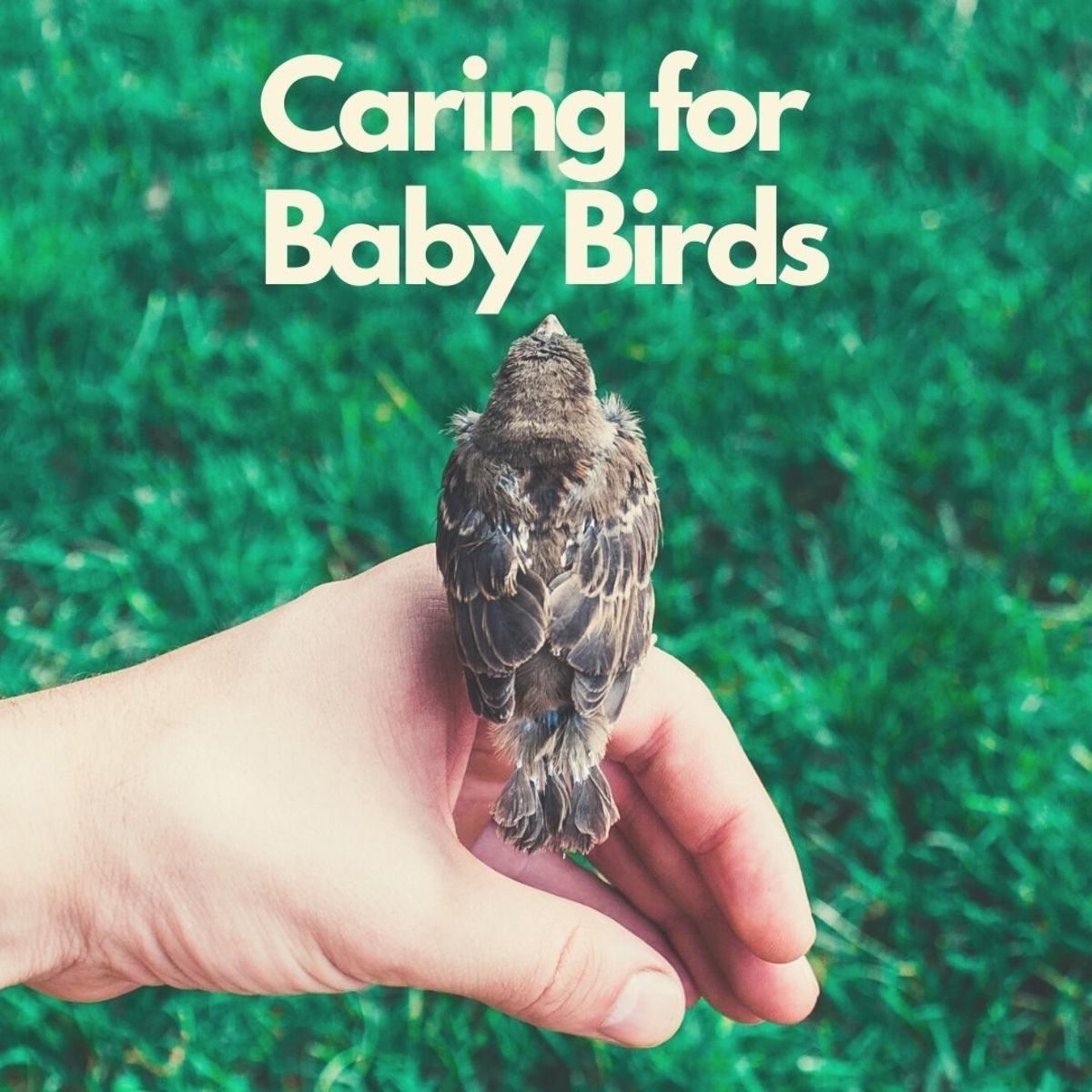
Taking Care of Wild Baby Birds: A Comprehensive Guide
Introduction
Encountering a wild baby bird can be a heartwarming and rewarding experience. However, it is crucial to approach this situation with caution and knowledge to ensure the bird’s well-being. This comprehensive guide will provide detailed instructions on how to care for wild baby birds, covering everything from feeding and housing to potential health issues and release considerations.
Assessment and Identification
Before attempting to care for a wild baby bird, it is essential to assess its condition and identify its species. If the bird is injured or appears weak, contact a licensed wildlife rehabilitator immediately.
Feeding
The type of food a baby bird requires depends on its species. Insectivores, such as robins and bluebirds, need a diet of live insects. Herbivores, like doves and pigeons, require a seed-based diet.
Insectivores:
- Offer mealworms, crickets, or waxworms.
- Crush the insects slightly to make them easier to swallow.
- Use tweezers or a syringe to feed the bird every 15-20 minutes.
Herbivores:
- Provide a seed mix specifically formulated for baby birds.
- Soak the seeds in water for 15 minutes before feeding.
- Use a syringe or dropper to feed the bird every 2-3 hours.
Water
Baby birds require constant access to fresh water. Use a shallow dish or a syringe to provide water.
Housing
Provide a warm and secure shelter for the baby bird. A small box lined with soft material, such as a tissue or towel, is suitable. Place the box in a quiet and draft-free area.
Temperature
Baby birds are unable to regulate their body temperature. Maintain a temperature of 85-95°F (29-35°C) using a heating pad or a warm water bottle.
Hygiene
Keep the baby bird and its surroundings clean. Remove any feces or regurgitated food promptly. Wash your hands thoroughly before handling the bird.
Health Considerations
Baby birds are susceptible to various health issues. Monitor the bird closely for any signs of illness, such as:
- Lethargy
- Difficulty breathing
- Discharge from eyes or nose
- Diarrhea
- Loss of appetite
If you suspect the bird is sick, contact a wildlife rehabilitator immediately.
Release Considerations
The ultimate goal of caring for a wild baby bird is to release it back into its natural habitat. Once the bird is fully feathered and has developed the necessary skills to survive, it can be released.
- Contact a wildlife rehabilitator to determine the appropriate release location.
- Choose a safe and suitable habitat for the bird’s species.
- Release the bird at dawn or dusk to minimize predation risk.
When Not to Intervene
In certain situations, it is best not to intervene with wild baby birds. These include:
- The bird is fully feathered and appears healthy.
- The bird is in a safe location and is being cared for by its parents.
- The bird is injured or sick and requires professional care.
Additional Tips
- Avoid handling the bird excessively.
- Do not give the bird human food or water.
- Be patient and provide a consistent care routine.
- Contact a wildlife rehabilitator if you have any concerns or questions.
Conclusion
Caring for a wild baby bird can be a fulfilling experience, but it requires a significant commitment and knowledge. By following the guidelines outlined in this guide, you can provide the bird with the necessary care and support to ensure its survival and eventual release back into the wild. Remember, the well-being of the bird should always be your top priority.
